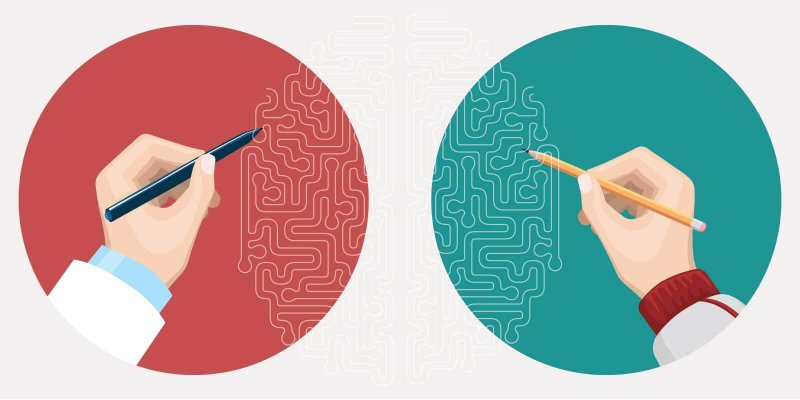Handedness is one of many functional left-right differences in the brain. Specifically, in left-handers, the motor cortex in the right side of the brain (the left side of the body is controlled by the right side of the brain, and vice versa) is dominant for fine motor behavior such as writing with a pen.
…
Could those asymmetries in brain structure be relevant for asymmetries in brain function, such as handedness?
A new study, now uploaded on the preprint server bioRxiv, focused on answering this question by looking both at brain structural differences between left-handers and right-handers and the genetic link between handedness and brain structure.
In conclusion, the study showed that left-handedness and asymmetries in brain structure are linked. Left-handers show a shift of brain asymmetries towards their motor-dominant right side. The genetic analyses suggest that developmental processes that determine the left and right sides of the nervous system represent the functional link between left-handedness and asymmetries in brain structure.































